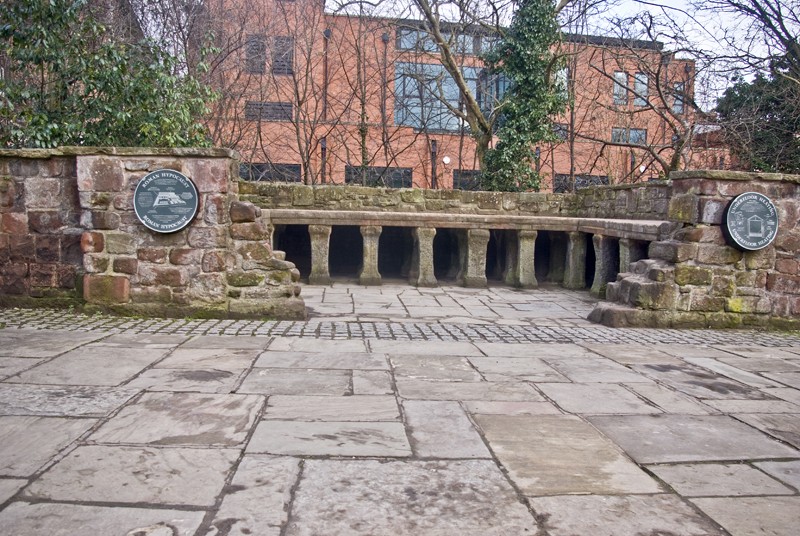Hi all, Newbie here.
Im doing quite a few mods to my house over the next few months, Starting with a new bathroom first.
My question is, Is it an ideal idea to put under floor heating in the bathroom rather than having just a radiator on the wall. Its not a cold house, I was thinking more of a luxury. Is it expensive to run, Is it problematic? Any tips and tricks please.
Next question, Im going to be tiling the kitchen, Is it an ideal source of heating to be putting in there, I was toying with the idea of just putting a floor heater in one or two of the kick boards on the cupboards?
Let me know you're thoughts and experiences.
Regards.
Im doing quite a few mods to my house over the next few months, Starting with a new bathroom first.
My question is, Is it an ideal idea to put under floor heating in the bathroom rather than having just a radiator on the wall. Its not a cold house, I was thinking more of a luxury. Is it expensive to run, Is it problematic? Any tips and tricks please.
Next question, Im going to be tiling the kitchen, Is it an ideal source of heating to be putting in there, I was toying with the idea of just putting a floor heater in one or two of the kick boards on the cupboards?
Let me know you're thoughts and experiences.
Regards.



